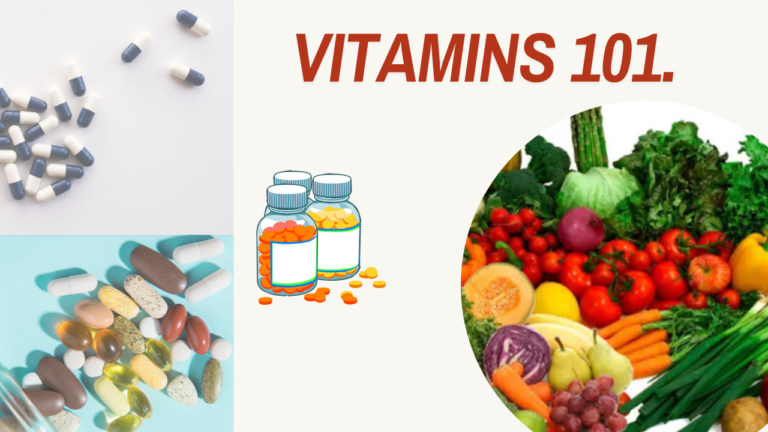INTRODUCTION:
A meal can be thoroughly enjoyed if it has a blend of various flavours within it. Flavour is the most important characteristic of food. It is identified by our senses of taste and odour. Flavours can be further modified by cooking and processing food.
Sweet, bitter, salty, and sour are four basic tastes. All other tastes are an amalgamation of these four-taste sensations. Taste is detected by the 10,000 taste buds situated on the tongue.
Sweetness and saltiness are detected by taste buds on the tip of the tongue, sourness on the sides of the tongue, and bitterness at the back of the tongue. Bookish definition of flavour is “a blend of taste and odour perceptions experienced when food is in the mouth” while flavouring is described as “a substance which can impart flavour and is generally used to add taste or odour or both to a food”.
A flavouring intensifier is a compound that stimulates the flavour of other foods without adding any flavour of its own. The aftertaste is the flavour that stays in the mouth after food has been swallowed.
The flavour of any food depends upon minute quantities of more than100 chemicals that are present in food. The flavouring components are present in varying concentrations ranging from a few ppm to 0.1%.
Image credits – https://cambridge105.co.uk/shows/flavour/
CLASSIFICATION:
Food flavours are broadly classified as –
- Natural flavours.
- Processed flavours.
- Added flavours.
Added flavours are further grouped into:
- Extracted flavours.
- Synthetic flavours.
NATURAL FLAVOURS –
These are composed of a mixture of various substances. Sometimes, the flavour of a natural flavouring agent may depend upon single substances e.g., the flavour of clove oil is due to the eugenol chemical, as it is part of 85% of clove oil.
Herbs, fruits, spices, vegetables, and aromatic seeds are a few flavoursome plant products. Some flavouring components in vegetables are methanol, acetone, propanal, etc. The flavour and aroma of fruits and vegetables are because of the presence of volatile organic chemicals like esters, aldehydes, acids, alcohols, ketones, and ether present as essential oils in natural foods.
PROCESSED FLAVOURS –
These flavours are created during the process of decomposition, combination with other compounds, or producing a new compound. The following flavours are obtained during the processing of various foods:
Flavour due to enzyme action – When vegetable tissues are sliced or damaged. E.g. The crushed garlic’s aroma is because of the formation of diallyl sulphide.
Flavour created by microbiological action during fermentation of sugar to alcohol by yeast.
Flavours formed during cooking and other heat processing. E.g., the odour of freshly baked cookies or the cooked flavour of the meat.
Unwanted flavours are obtained as a result of the oxidation process, e.g., oil turning rancid in pickles.
ADDED FLAVOURS:
They consist of natural or synthetic flavours. The use of added flavours is rapidly increasing due to advances in the food industry. Few natural flavours are lost during cooking and processing and hence they can be incorporated later by putting in natural flavouring extracts, e.g. – yeast extract, and vanilla essence prepared by extracting the essential oil from the vanilla pod with ethanol.
Incorporating imitation or synthetic flavours within the food to restore its taste is also one of the methods used. Synthetic flavours have a blend of chemicals which smell like the original substance e.g., adding mango flavour instead of fresh mango pulp.
In the contemporary world, as cutting-edge technology is available it is quick and easy to develop artificial flavours matching natural flavours. Producing an exact flavour profile is possible but it is an expensive process.
Flavours form the largest group of food additives due to their usage. The commercial flavour is generally a blend of essential oils, aroma chemicals, gums, resins, emulsifiers, etc, in which the original flavour ingredient is approximately 1 per cent.
Other substances which impart the flavour of food are sweetness and flavour enhancers.
SWEETENERS –
Sweeteners utilised in making food can be natural or artificial. Natural sweeteners or carbohydrate sweeteners are also known as nutritive sweeteners. Artificial sweeteners or synthetic sweeteners are called non-nutritive sweeteners.
FLAVOUR ENHANCERS –
They bring out the flavours already present within the food, even if they are added in fewer quantities. They have the power to enhance, modify, or intensify the original flavour. A few examples are MSG or Chinese salt, nucleotides, maltol, salt, spices, herbs, etc.
Conclusion:
Flavour is a significant attribute of food because they enhance overall taste and make the meal enjoyable. Different types of flavour are detected by the taste buds present on the tongue. They are classified as natural, processed, and added flavours.
Hope you found this blog useful.
References:
Food Science and Nutrition book by Sunetra Roday. [Second edition].



All about Flavour.